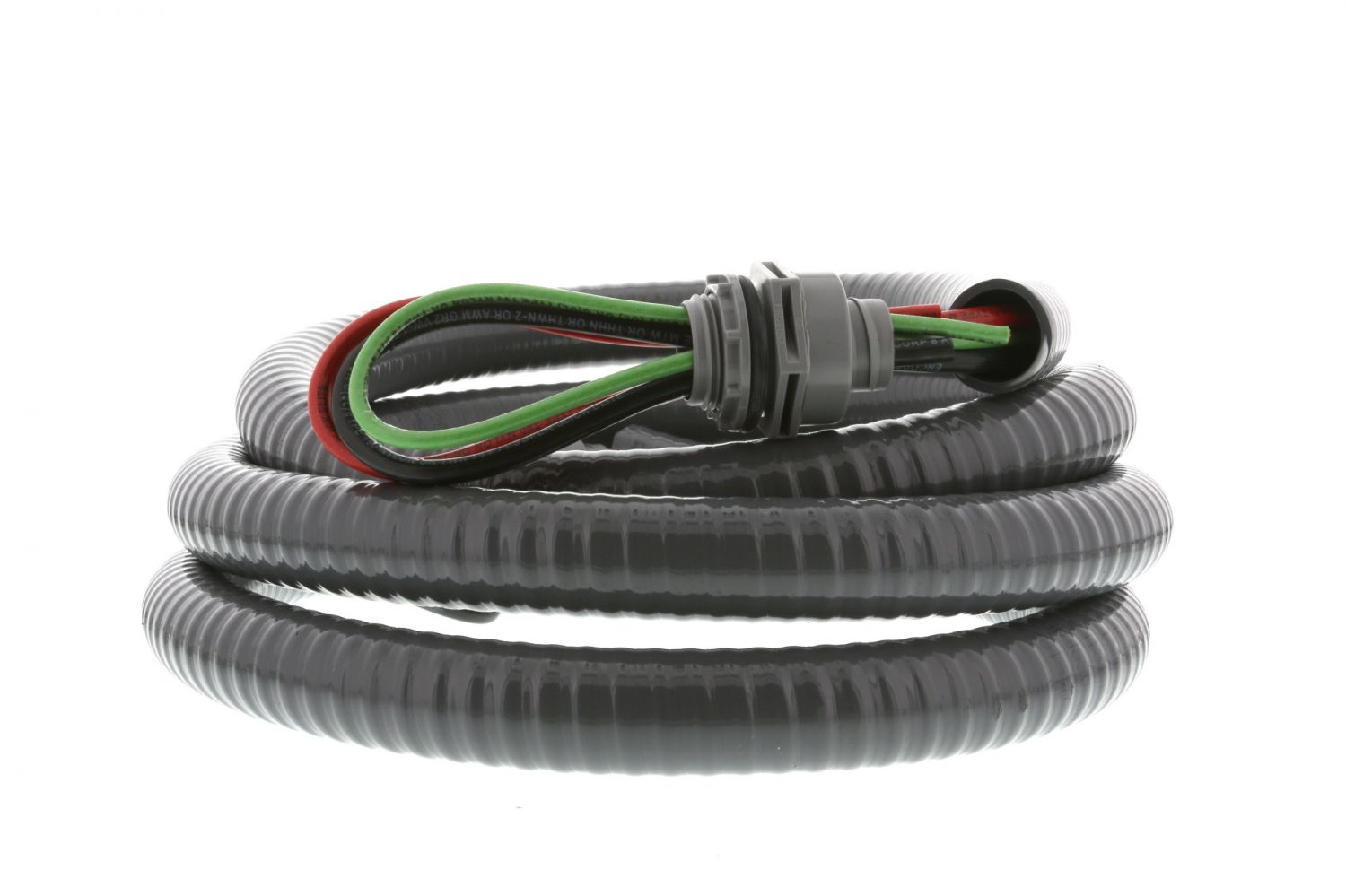

Articles
What Is A Whip HVAC
Modified: January 8, 2024
Discover comprehensive articles on HVAC whip. Learn about the importance of HVAC whip and how it impacts your heating and cooling system.
(Many of the links in this article redirect to a specific reviewed product. Your purchase of these products through affiliate links helps to generate commission for Storables.com, at no extra cost. Learn more)
Introduction
Welcome to the world of HVAC (Heating, Ventilation, and Air Conditioning) systems! These systems play a crucial role in keeping our indoor environments comfortable and healthy. Within the HVAC system, there are various components that work in harmony to maintain the desired temperature, humidity, and air quality. One of these components is the whip HVAC.
So, what exactly is a whip HVAC system? In simple terms, it is a flexible electrical conduit that connects the outdoor unit (typically a condenser) to the indoor unit (usually an air handler or furnace) in an HVAC system. The whip HVAC acts as a conduit for the electrical wires that provide power to the outdoor unit and enable communication between the indoor and outdoor units.
The whip HVAC plays a crucial role in the overall functionality and efficiency of the HVAC system. It ensures a safe and reliable electrical connection between the indoor and outdoor units, allowing them to work together seamlessly. In this article, we will delve deeper into the role of whip HVAC systems, explore their components, understand how they work, discuss the benefits they offer, address common issues, and provide maintenance tips.
So, whether you are a homeowner looking to understand your HVAC system better or a professional in the HVAC industry seeking comprehensive knowledge, this article will provide you with the insights you need.
Key Takeaways:
- Whip HVAC systems play a crucial role in facilitating safe electrical connections and efficient communication between outdoor and indoor HVAC units, ensuring optimal functionality and performance.
- Regular maintenance, including inspections, cleaning, sealing, and professional assistance, is essential for preserving the integrity and performance of whip HVAC systems, contributing to the longevity and energy efficiency of HVAC systems.
Read more: How To Store Whipped Cream After Whipping
Definition of HVAC
HVAC stands for Heating, Ventilation, and Air Conditioning. It refers to the technology and systems used to regulate the indoor environment, ensuring comfort and air quality in residential, commercial, and industrial buildings. HVAC systems are responsible for providing heating during cold periods, cooling during hot periods, and maintaining proper ventilation and air circulation throughout the year.
Heating: HVAC systems can provide heating using various methods, including forced air systems, boilers, heat pumps, or electric heaters. The heating component helps to maintain a comfortable temperature indoors when it’s cold outside.
Ventilation: Proper ventilation is crucial for maintaining good indoor air quality. HVAC systems include ventilation mechanisms that bring in fresh air from the outside and expel stale air from the inside. This helps to remove pollutants, control humidity levels, and prevent the buildup of harmful gases.
Air Conditioning: Air conditioning is the process of removing heat from indoor spaces during hot weather to maintain a cool and comfortable environment. HVAC systems use refrigeration cycles to cool the air and regulate the humidity levels. They can also provide dehumidification, which is essential in humid climates.
HVAC systems can be centralized, where a single system serves the entire building, or decentralized, where each room or area has its own independent system. The choice of HVAC system depends on factors such as the size of the building, the climate, energy efficiency requirements, and the occupants’ preferences.
In addition to providing thermal comfort and air quality, HVAC systems also contribute to energy efficiency and environmental sustainability. Many modern HVAC systems integrate advanced technologies, such as programmable thermostats, energy-efficient components, zoning systems, and smart controls, to optimize energy consumption and reduce environmental impact.
Overall, HVAC systems play a vital role in creating comfortable and healthy indoor environments, whether it’s in our homes, offices, schools, or other buildings. The integration of heating, ventilation, and air conditioning allows us to enjoy optimal temperature levels, fresh air, and improved air quality throughout the year.
The Role of WHIPS in HVAC Systems
WHIPS (Whip HVAC) play a crucial role in the overall functionality and efficiency of HVAC systems. They serve as a vital connection between the outdoor and indoor units, ensuring the safe and reliable transfer of electrical power and signal communication.
One of the primary functions of a whip HVAC is to provide a secure conduit for the electrical wires that supply power to the outdoor unit. The outdoor unit, often referred to as the condenser, houses components such as the compressor and fan motor, which require a steady flow of electricity to operate effectively. The whip HVAC protects these wires from damage, such as exposure to the elements, pests, or accidental contact.
Additionally, the whip HVAC serves as a pathway for communication between the indoor and outdoor units. In HVAC systems, communication lines allow the two units to exchange crucial information, such as temperature readings, mode settings, and error codes. This communication is essential for the units to work in synchronization and maintain optimal performance. The whip HVAC ensures that the communication lines are protected and properly connected, facilitating seamless communication between the units.
Furthermore, the whip HVAC helps to manage the electrical load of the system. It acts as a conduit for multiple wires, including the power supply, ground wire, communication wires, and any other necessary wiring. The whip HVAC ensures that these wires are organized and bundled together, minimizing the risk of tangled or loose wires. This organized setup not only improves the safety of the electrical connections but also makes troubleshooting and maintenance more efficient.
Another critical role of the whip HVAC is to provide flexibility and durability. The whip HVAC is typically made of a flexible conduit, often constructed from materials such as metal or PVC. This flexibility allows for easy installation and maneuverability, even in tight spaces. Additionally, the whip HVAC is designed to withstand the harsh outdoor conditions, such as temperature extremes, UV exposure, and moisture. Its durability ensures that the electrical connections remain protected and functioning optimally, even in challenging environments.
In summary, whip HVACs play a vital role in facilitating the safe and efficient operation of HVAC systems. They provide a secure conduit for electrical power, enable communication between the indoor and outdoor units, manage the electrical load, and offer flexibility and durability. Without whip HVACs, HVAC systems would not be able to function effectively and reliably.
Components of a Whip HVAC
A whip HVAC system consists of several key components that work together to ensure the safe and reliable transfer of electrical power and communication between the outdoor and indoor units of an HVAC system. Let’s take a closer look at these components:
- Conduit: The conduit is the main body of the whip HVAC and serves as the protective covering for the electrical wires. It is typically made of a flexible material such as metal or PVC. The conduit provides physical protection to the wires, shielding them from environmental factors like moisture, sunlight, and physical damage.
- Electrical Wires: Inside the whip HVAC conduit, there are electrical wires that carry power to the outdoor unit. These wires connect the outdoor unit, typically the condenser, to the indoor unit, such as the air handler or furnace. The wires are insulated to prevent any electrical leakage or short circuits.
- Connectors: Connectors are used to secure the ends of the whip HVAC conduit and attach them to the respective units. The connectors ensure a secure and waterproof connection, preventing any moisture or debris from entering the conduit.
- Ground Wire: The ground wire is an essential component of the whip HVAC system. It is a safety measure that provides a path for electric current to safely escape in the event of a malfunction or electrical surge. The ground wire helps protect the HVAC system and reduces the risk of electrical shock.
- Communication Wires: In addition to power wires, whip HVAC systems may also include communication wires. These wires allow for the exchange of signals and data between the outdoor and indoor units. Information such as temperature readings, mode settings, and error codes can be transmitted through these wires, enabling the units to communicate and operate in harmony.
- Flexible Sleeve: Some whip HVAC systems may have a flexible sleeve around the conduit for additional protection. The sleeve is usually made of a sturdy and weather-resistant material, providing extra durability and shielding against environmental elements.
- Weatherproofing: Weatherproofing is an important consideration for whip HVAC systems, particularly if the conduit is exposed to outdoor elements. Weatherproofing materials, such as sealants or weatherproof caps, may be used to seal any gaps or openings in the conduit, preventing moisture or debris from entering.
These components work together to ensure the safe and efficient operation of whip HVAC systems. They provide protection to the electrical wires, facilitate power transfer, enable communication between the units, and enhance the durability of the system. Proper installation and maintenance of these components are crucial to maximizing the lifespan and performance of the whip HVAC system.
How Whip HVAC Systems Work
Whip HVAC systems play a crucial role in the overall operation of HVAC systems by facilitating electrical power transfer and communication between the outdoor and indoor units. Understanding how whip HVAC systems work can provide insight into their importance and functionality. Let’s explore the process:
1. Power Supply: The whip HVAC system starts with the power supply. Electrical power is provided to the outdoor unit, typically the condenser, from the main electrical panel. The power supply is transferred to the outdoor unit through the whip HVAC conduit.
2. Electrical Connections: Within the whip HVAC conduit, there are electrical wires that carry the power to the outdoor unit. These wires are connected to the corresponding terminals in the condenser unit. Proper connections should be established, ensuring that the power is supplied safely and reliably.
3. Communication: In addition to electrical power, whip HVAC systems may also include communication wires. These communication wires allow for the exchange of signals between the outdoor and indoor units. Information such as temperature readings, mode settings, and error codes can be transmitted through these wires, ensuring efficient communication between the units.
4. Indoor Unit Connection: The whip HVAC conduit extends from the outdoor unit to the indoor unit, such as the air handler or furnace. At the indoor unit, the electrical wires and communication wires from the whip HVAC system are connected to their respective terminals. This connection allows for the transfer of power and communication signals between the units.
5. System Synchronization: Once the whip HVAC system is properly installed and connected, the outdoor and indoor units work in harmony. The outdoor unit receives power from the electrical supply, while the indoor unit receives the necessary power and communication signals through the whip HVAC conduit. This synchronization enables the HVAC system to function effectively, providing heating, cooling, and ventilation as required.
6. Temperature Control: The HVAC system’s temperature control is achieved through the operation of various components, including the thermostat, compressor, fan motor, and refrigeration cycle. The whip HVAC system plays a vital role in ensuring that the electrical power and communication needed for temperature control are effectively transferred between the units.
Overall, whip HVAC systems work by establishing a secure conduit for the transfer of electrical power and communication signals between the outdoor and indoor units of an HVAC system. They enable the HVAC system to operate efficiently, ensuring proper temperature control and ventilation. Proper installation and maintenance of the whip HVAC system are essential to maintain its functionality and optimize the overall performance of the HVAC system.
A whip in HVAC refers to an electrical wiring connection between the unit and the power source. It is typically a flexible conduit with wires inside, used to connect the air conditioner or heat pump to the electrical panel. It is important to ensure the whip is properly installed and maintained to prevent electrical issues.
Read more: How To Make Whipped Candles
Benefits of Using Whip HVAC
Whip HVAC systems offer several benefits that contribute to the overall operation, efficiency, and longevity of HVAC systems. Let’s explore some of the key advantages of using whip HVAC:
- Safe Electrical Connection: Whip HVAC ensures a secure and reliable electrical connection between the outdoor and indoor units of an HVAC system. It protects the electrical wires from exposure to the elements, pests, and accidental damage, minimizing the risk of electrical faults or hazards.
- Efficient Communication: Whip HVAC systems include communication wires, allowing for seamless exchange of signals and data between the outdoor and indoor units. This ensures efficient communication, enabling the units to work together harmoniously and optimizing their overall performance.
- Flexibility: Whip HVAC is constructed with flexible materials, providing flexibility and ease of installation. This makes it adaptable to various installation scenarios, including tight spaces or difficult angles. The flexibility of whip HVAC simplifies the installation process, saving time and labor during HVAC system setup.
- Durability: With their sturdy construction, whip HVAC systems are designed to withstand harsh environmental conditions. They can endure temperature extremes, UV exposure, and moisture, ensuring long-term durability and reliable operation. The durability of whip HVAC contributes to the extended lifespan of the overall HVAC system.
- Improved Organization: Whip HVAC systems organize and bundle the electrical and communication wires in a neat and organized manner. This arrangement reduces the risk of tangled or loose wires, making troubleshooting and maintenance easier. The organized setup promotes efficient system operation and simplifies any future modifications or repairs.
- Enhanced System Performance: By ensuring a secure power supply and efficient communication, whip HVAC systems contribute to the overall performance of HVAC systems. The reliable transfer of power and effective communication between the units enable the HVAC system to maintain optimal temperature control, humidity levels, and ventilation, resulting in enhanced comfort and energy efficiency.
- Cost Savings: Whip HVAC systems can lead to cost savings in various ways. Their flexibility and ease of installation reduce labor and installation time, potentially lowering overall installation costs. The durability of whip HVAC minimizes the need for frequent repairs or replacements, reducing maintenance expenses. Moreover, the optimized performance and energy efficiency of HVAC systems facilitated by whip HVAC can result in long-term energy savings.
In summary, whip HVAC systems offer a range of benefits, including safe electrical connections, efficient communication, flexibility in installation, durability, improved organization, enhanced system performance, and potential cost savings. These advantages make whip HVAC an essential component for reliable and efficient HVAC systems, contributing to the comfort, longevity, and energy efficiency of residential, commercial, and industrial buildings.
Common Issues and Troubleshooting Tips for Whip HVAC Systems
While whip HVAC systems are designed to provide reliable electrical connections and smooth communication between the outdoor and indoor units of an HVAC system, occasionally, issues may arise. Here are some common issues that can occur with whip HVAC systems and troubleshooting tips to help resolve them:
- Loose or Disconnected Wires: One of the most common issues with whip HVAC systems is loose or disconnected wires. This can happen due to vibrations or movement of the units over time. To troubleshoot, visually inspect the whip HVAC conduit and ensure that all wires are securely connected. If any wires are loose, resecure them to the appropriate terminals using connectors or electrical tape.
- Electrical Faults: Another issue that may occur is electrical faults, such as a tripped circuit breaker or blown fuse. If your HVAC system is not receiving power, check the main electrical panel for any tripped breakers or blown fuses. Reset the circuit breakers or replace the blown fuses if necessary. If the issue persists, consult a qualified electrician.
- Communication Errors: If the communication between the outdoor and indoor units is disrupted, you may experience issues with temperature control or mode settings. Check the communication wires within the whip HVAC conduit for any breaks or damage. Ensure that the wires are properly connected at both ends. If needed, replace any damaged wires and secure the connections tightly.
- Improper Grounding: A proper grounding connection is essential for electrical safety. If you suspect an issue with grounding, visually inspect the ground wire within the whip HVAC conduit. Ensure that it is securely connected to the appropriate grounding point. If the grounding wire is damaged or improperly connected, consult a professional electrician to rectify the issue.
- Moisture or Corrosion: Moisture or corrosion within the whip HVAC conduit can affect the performance and reliability of the system. Inspect the conduit for any signs of moisture, such as water droplets or rust. If moisture or corrosion is present, it may indicate a leak or improper sealing. Address the source of the moisture and seal any openings or gaps in the conduit to prevent further corrosion.
- Extreme Temperatures: Whip HVAC systems are designed to withstand temperature extremes, but extreme heat or cold can impact their performance. In extreme cold temperatures, ensure that the whip HVAC conduit is properly insulated to prevent freezing or damage to the wires. In extreme heat, check for any signs of melting or deformation in the conduit and take appropriate measures to protect it from excessive heat exposure.
- Professional Assistance: If you encounter persistent issues or if you’re unsure about any troubleshooting steps, it’s important to seek professional assistance. Certified HVAC technicians or electricians have the expertise and knowledge to diagnose and resolve complex issues related to whip HVAC systems.
By addressing these common issues and following the troubleshooting tips, you can help maintain the functionality and reliability of your whip HVAC system. Regular inspection, proper maintenance, and professional assistance when needed will contribute to the longevity and optimal performance of the overall HVAC system.
Maintenance and Care of Whip HVAC Systems
Maintaining and caring for whip HVAC systems is crucial for ensuring their longevity, optimal performance, and safety. By following these maintenance tips, you can keep your whip HVAC system in excellent condition:
- Regular Inspections: Schedule periodic inspections of the whip HVAC system to check for any signs of damage, wear, or loose connections. Ensure that the conduit is securely fastened, and all wires are properly connected. Look for any moisture, corrosion, or pests that may compromise the system’s functionality.
- Cleaning: Clean the whip HVAC conduit regularly to remove dirt, debris, dust, or any other substances that may accumulate over time. Use a damp cloth or gentle cleaning solution to wipe down the exterior surface of the conduit. Avoid using harsh chemicals or abrasive materials that can cause damage.
- Sealing and Weatherproofing: Check for any gaps, cracks, or openings in the whip HVAC conduit and seal them with weatherproofing materials. This helps prevent moisture, pests, and debris from entering the conduit and affecting the electrical connections.
- Insulation: Insulate the whip HVAC conduit, especially in colder climates, to prevent freezing or damage to the wires. Use insulation materials such as foam sleeves or heat tape to protect the conduit from extreme temperature fluctuations.
- Trimming Vegetation: Ensure that any vegetation or shrubbery near the whip HVAC system is properly trimmed and maintained. Overgrown plants can obstruct the conduit, impede proper airflow, and potentially damage the system. Trim any branches, leaves, or plants that come into contact with the whip HVAC conduit.
- Professional Maintenance: Schedule regular professional maintenance for your HVAC system, including the whip HVAC. Professional technicians can conduct thorough inspections, clean the system, check electrical connections, test communication lines, and troubleshoot any issues. Professional maintenance helps to identify and address any problems before they worsen, ensuring optimal performance and safety.
- Power Disconnect: Before performing any maintenance or repairs on the whip HVAC system, ensure that the power supply to the HVAC system is disconnected. This helps prevent electrical shock and ensures your safety when working with the system.
- Keep Records: Maintain a record of any maintenance or repairs conducted on the whip HVAC system. This includes dates, actions taken, and any professional service provided. These records can be useful for future reference and may be required for warranty claims or resale purposes.
By following these maintenance and care tips, you can extend the lifespan of your whip HVAC system, enhance its performance, and mitigate potential risks. Regular inspections, cleaning, sealing, and professional maintenance are key to ensuring that the system operates safely and efficiently. Additionally, proper insulation and trimming vegetation contribute to the system’s functionality and protect it from environmental factors.
Remember, if you are unsure about any maintenance tasks or encounter complex issues, it’s best to seek professional assistance. Certified HVAC technicians have the expertise and knowledge to effectively maintain and care for whip HVAC systems, ensuring optimal performance and reliability for years to come.
Conclusion
Whip HVAC systems play a vital role in the safe and efficient operation of HVAC systems. They serve as the conduit for electrical power transfer and communication between the outdoor and indoor units, ensuring optimal functionality and performance. Understanding the components, working principles, and benefits of whip HVAC systems is essential for homeowners and HVAC professionals alike.
By providing a secure connection for electrical wires, whip HVAC systems protect against potential hazards, such as loose or disconnected wires and electrical faults. The inclusion of communication wires enables seamless information exchange between the units, allowing for efficient temperature control and mode settings. The flexibility and durability of whip HVAC systems make installation and maintenance easier, ensuring that the system operates optimally even in challenging environments.
There are common issues that can occur with whip HVAC systems, such as loose wires, communication errors, and moisture infiltration. However, with proper troubleshooting and regular maintenance, these issues can be addressed, ensuring the reliable operation of the system. Regular inspections, cleaning, sealing, and professional maintenance are key to preserving the integrity and performance of the whip HVAC system.
The benefits of using whip HVAC systems are numerous. They offer safe electrical connections, efficient communication, flexibility in installation, durability, improved organization, enhanced system performance, and potential cost savings. These advantages contribute to the comfort, longevity, and energy efficiency of residential, commercial, and industrial buildings.
In conclusion, whip HVAC systems are an integral component of HVAC systems, providing the necessary electrical and communication infrastructure for seamless operation. By understanding their role, components, working principles, and maintenance requirements, homeowners and HVAC professionals can ensure that whip HVAC systems continue to perform reliably and efficiently, leading to comfortable indoor environments and energy savings for years to come.
Frequently Asked Questions about What Is A Whip HVAC
Was this page helpful?
At Storables.com, we guarantee accurate and reliable information. Our content, validated by Expert Board Contributors, is crafted following stringent Editorial Policies. We're committed to providing you with well-researched, expert-backed insights for all your informational needs.

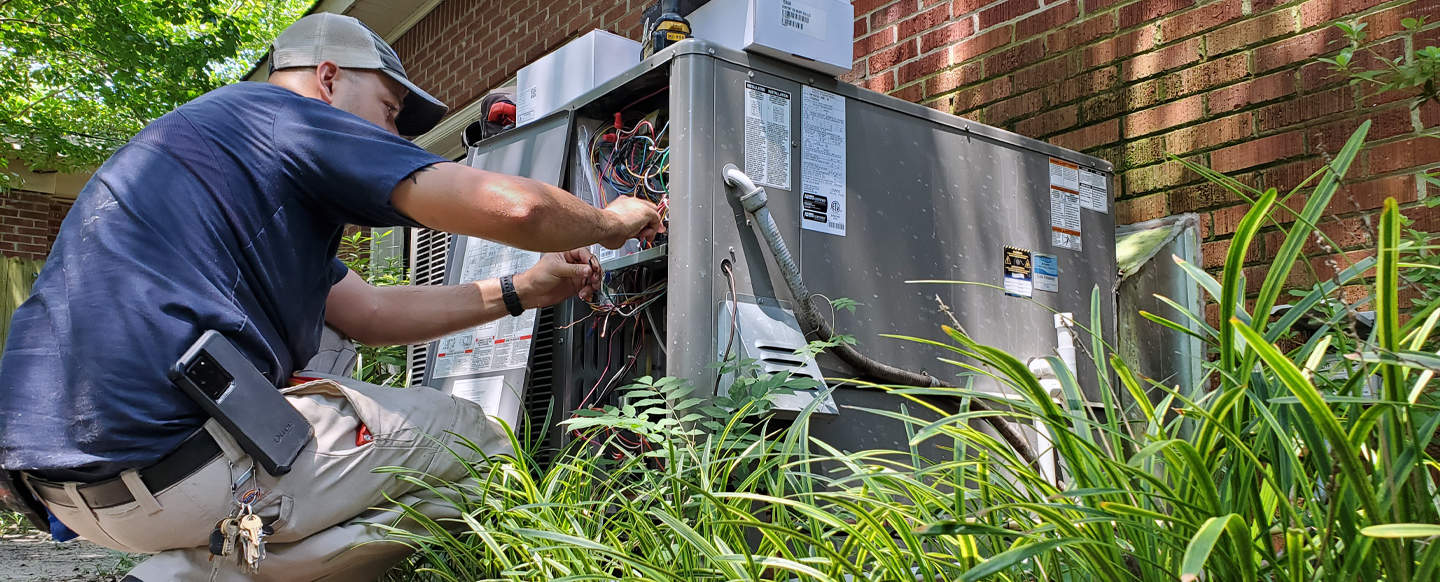
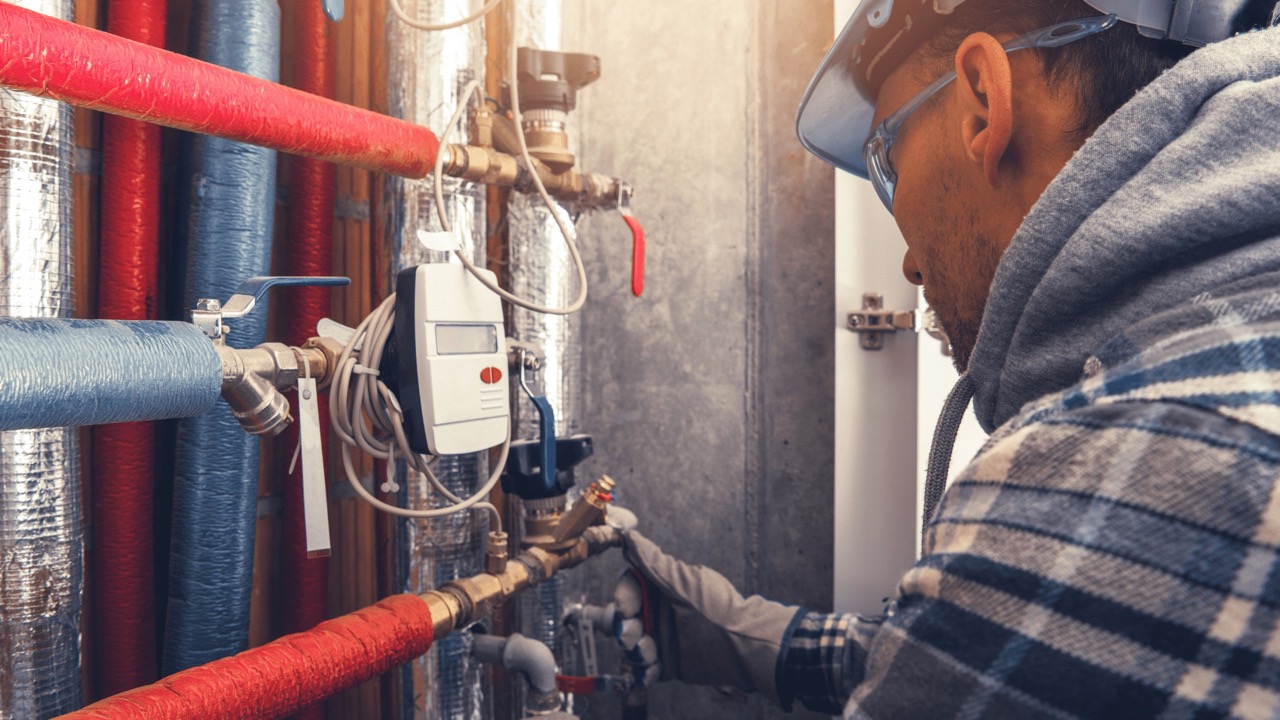
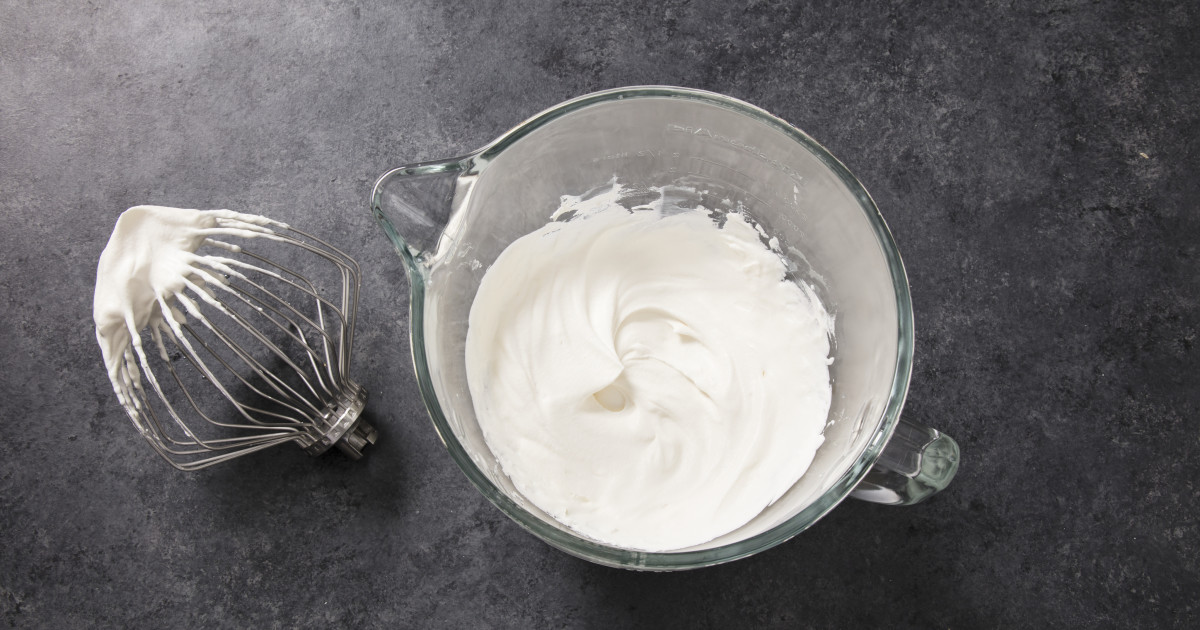
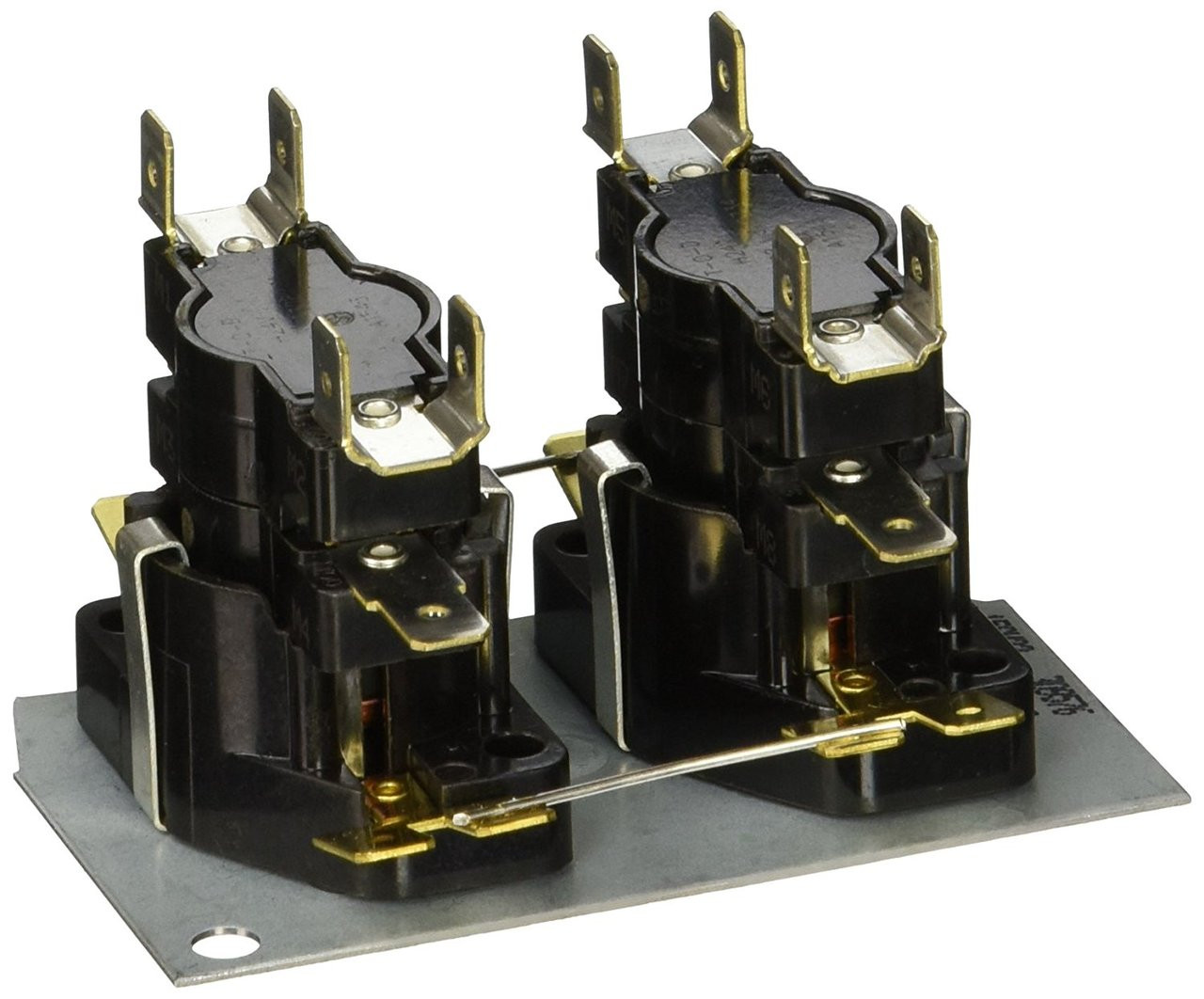
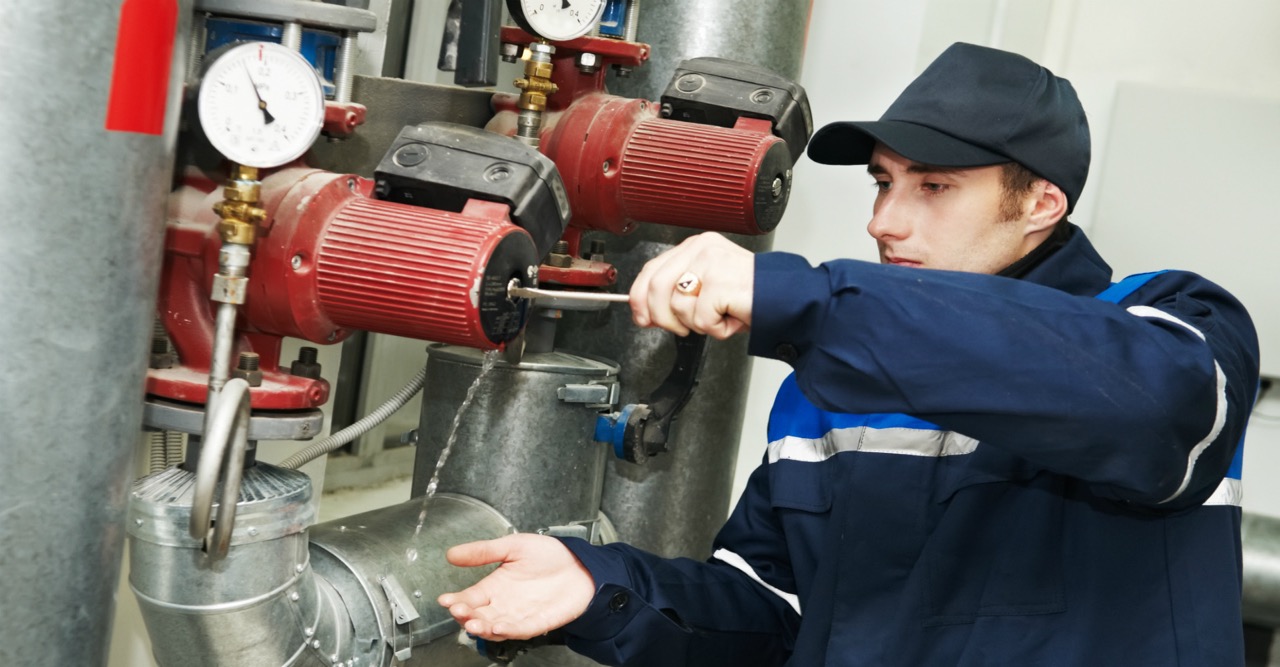
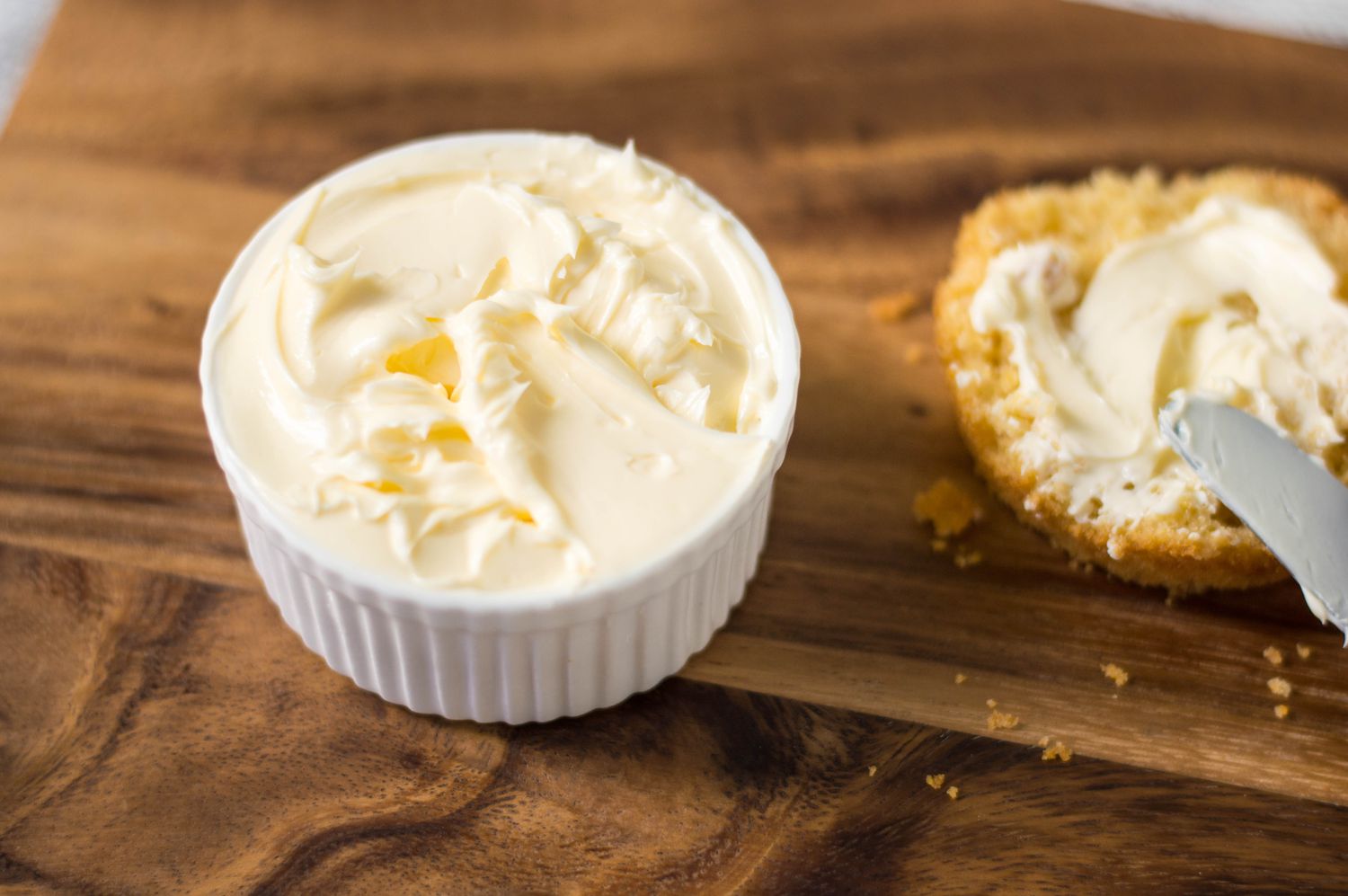
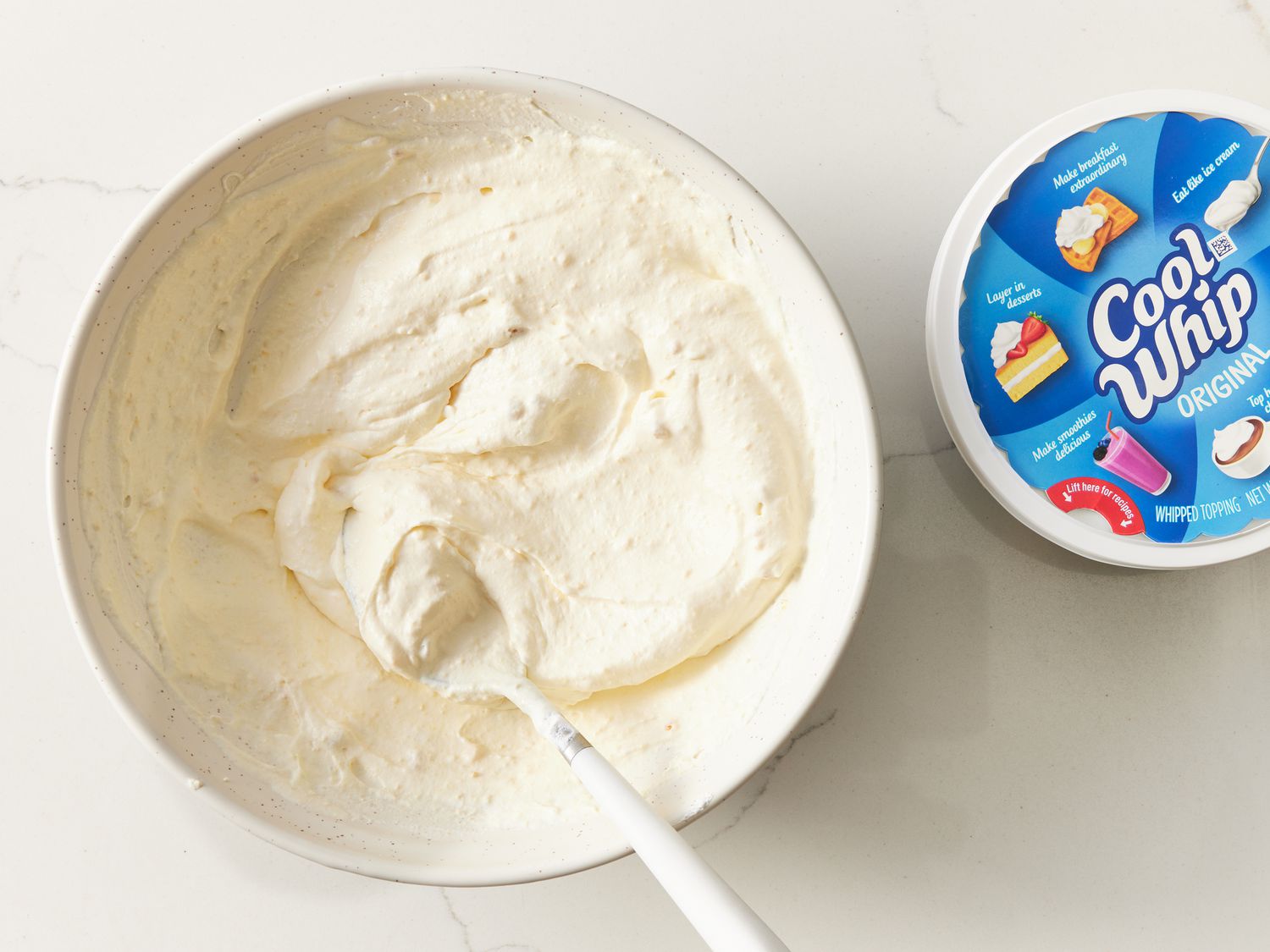
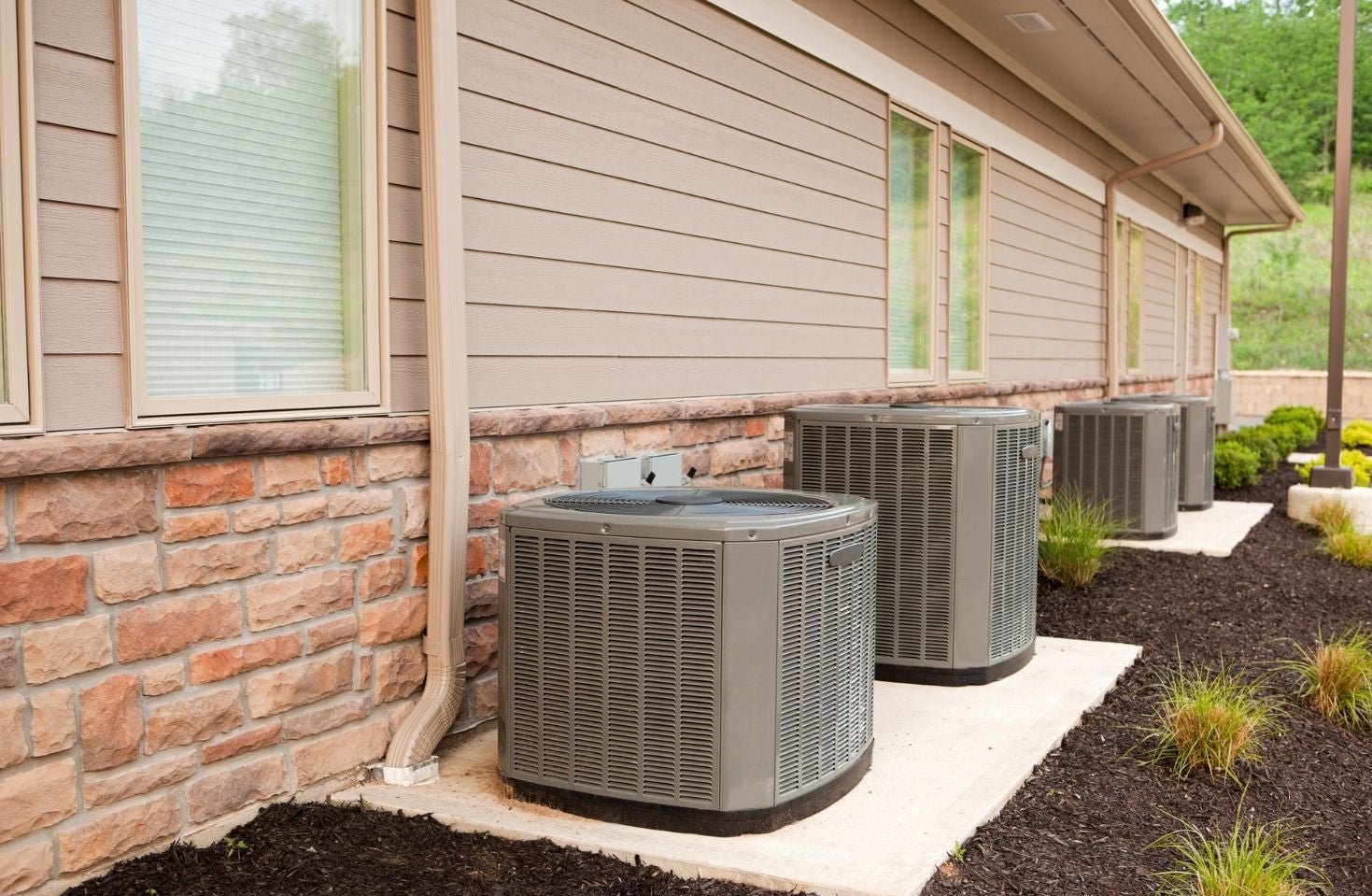
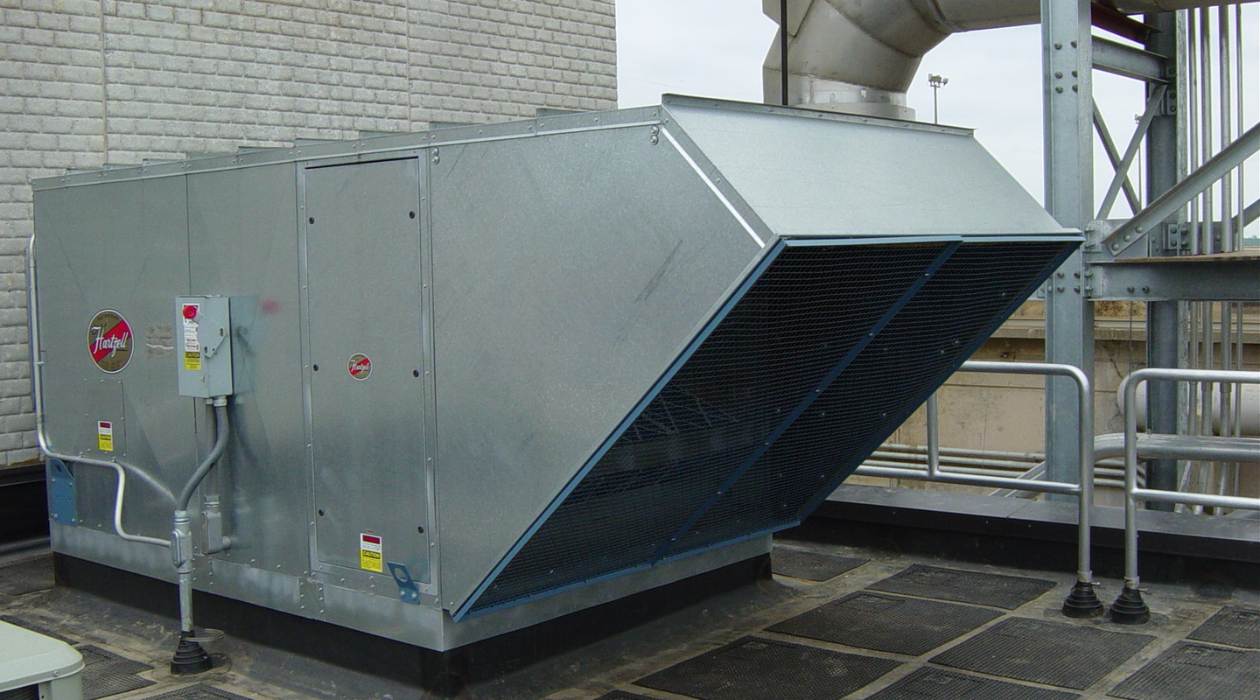
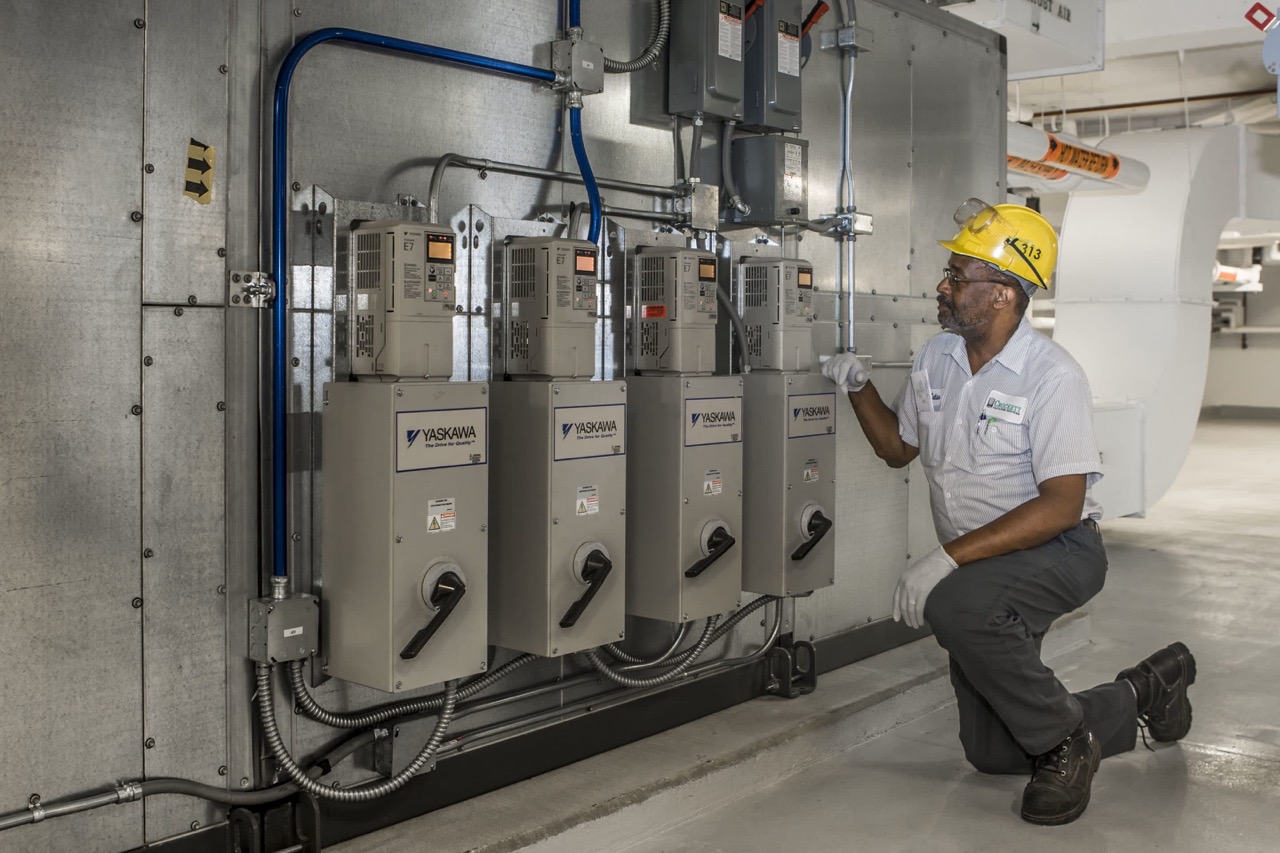
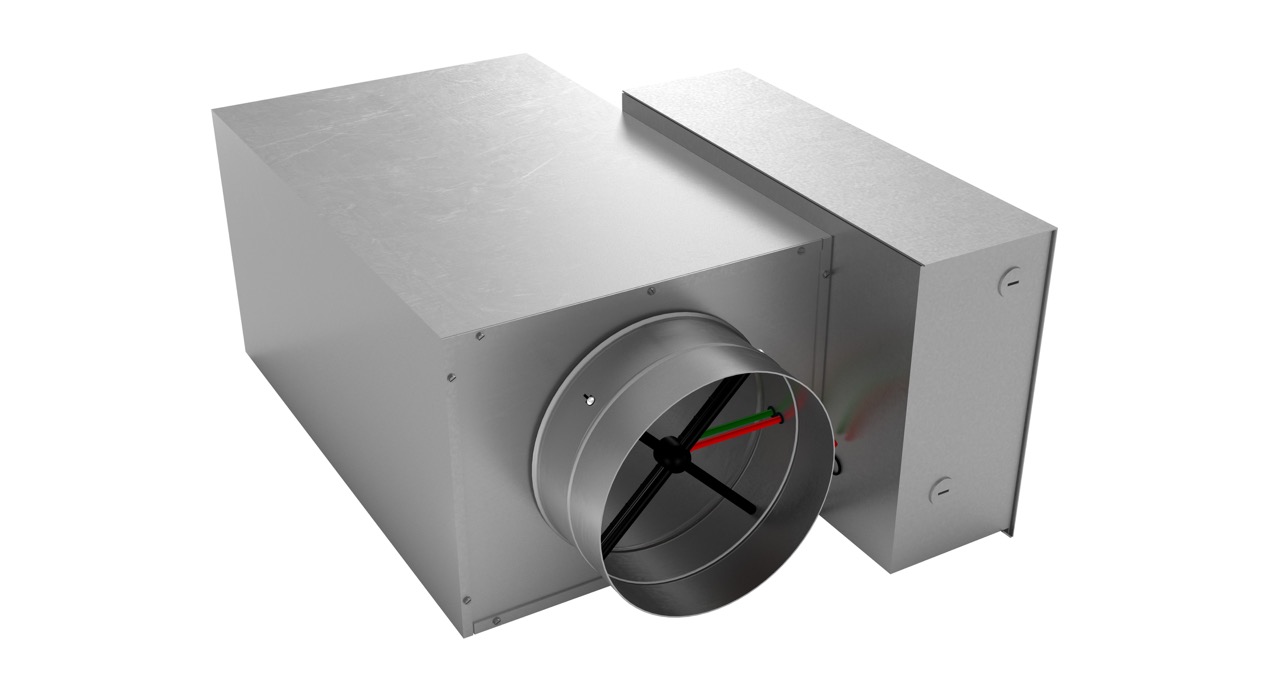
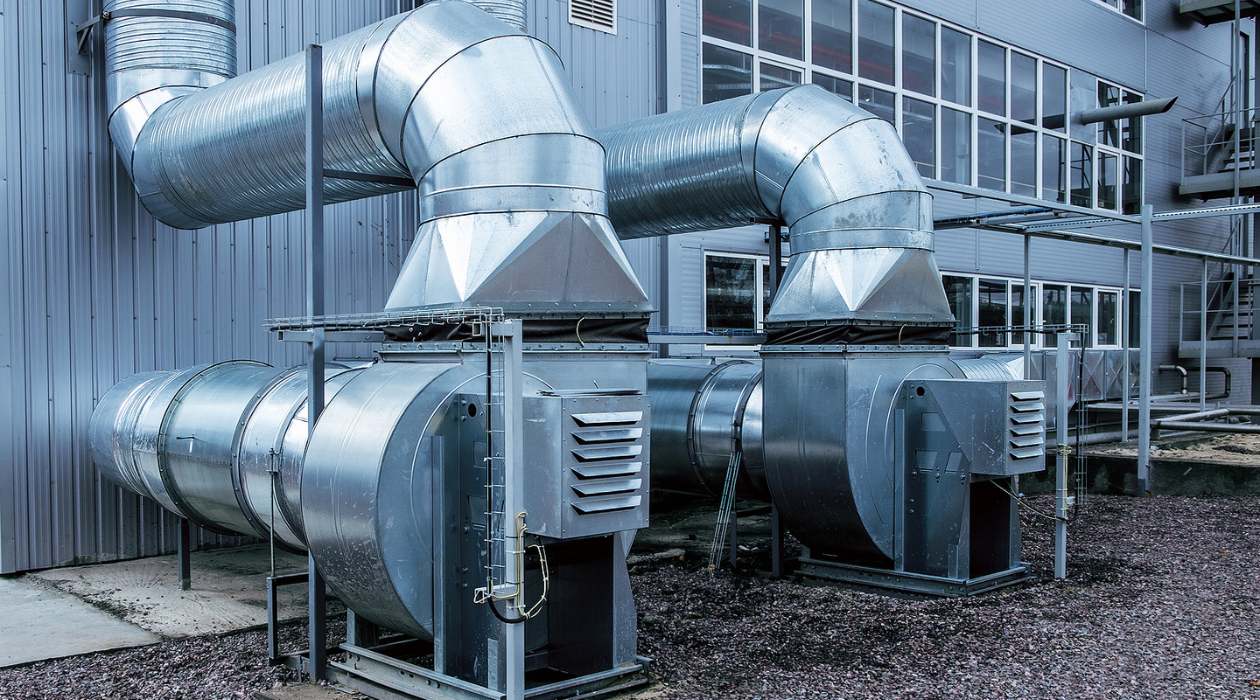
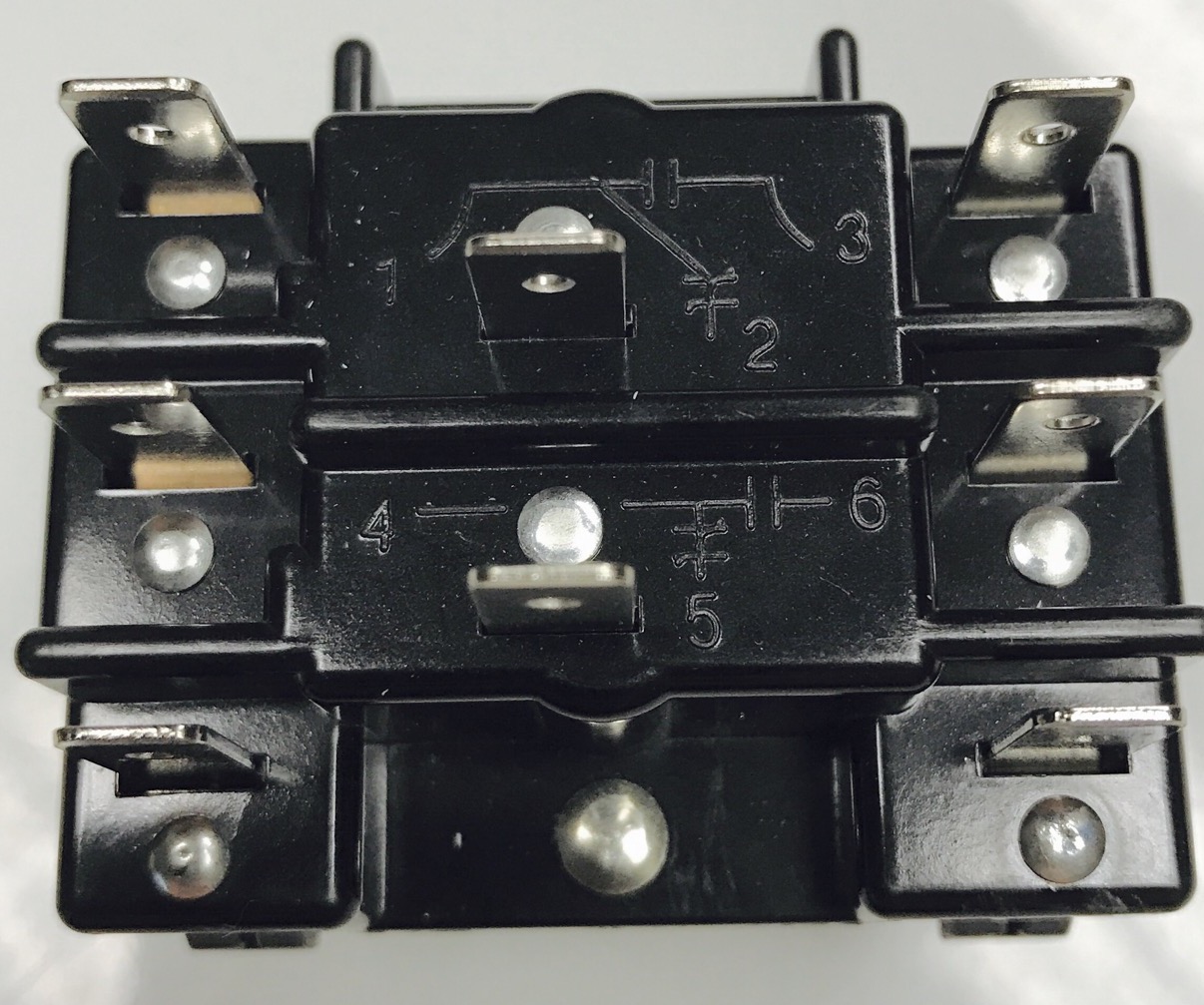

0 thoughts on “What Is A Whip HVAC”